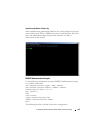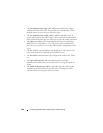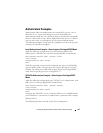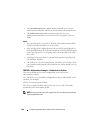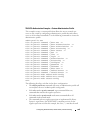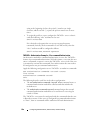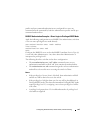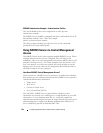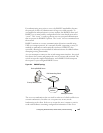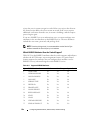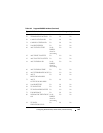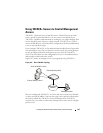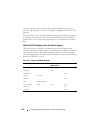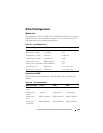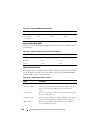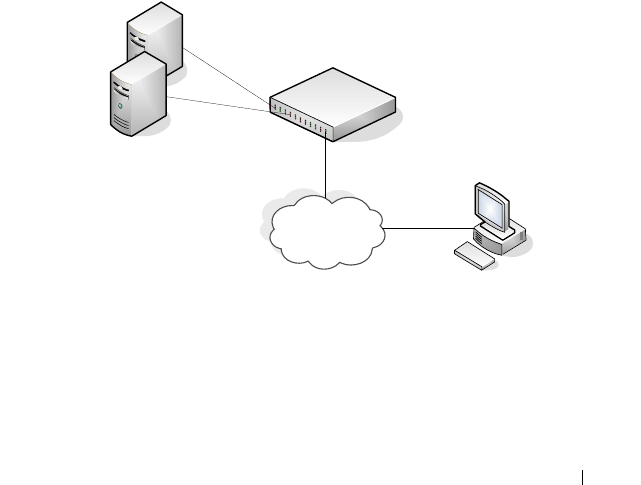
Configuring Authentication, Authorization, and Accounting 233
For authenticating users prior to access, the RADIUS standard has become
the protocol of choice by administrators of large accessible networks. To
accomplish the authentication in a secure manner, the RADIUS client and
RADIUS server must both be configured with the same shared password or
“secret”. This “secret” is used to generate one-way encrypted authenticators
that are present in all RADIUS packets. The “secret” is never transmitted over
the network.
RADIUS conforms to a secure communications client/server model using
UDP as a transport protocol. It is extremely flexible, supporting a variety of
methods to authenticate and statistically track users. RADIUS is also
extensible, allowing for new methods of authentication to be added without
disrupting existing functionality.
As a user attempts to connect to the switch management interface, the switch
first detects the contact and prompts the user for a name and password. The
switch encrypts the supplied information, and a RADIUS client transports
the request to a pre-configured RADIUS server.
Figure 10-1. RADIUS Topology
The server can authenticate the user itself or make use of a back-end device to
ascertain authenticity. In either case a response may or may not be
forthcoming to the client. If the server accepts the user, it returns a positive
result with attributes containing configuration information. If the server
`
Management Host
Primary RADIUS Server
Backup RADIUS Server
Management
Network
Dell Networking Switch



